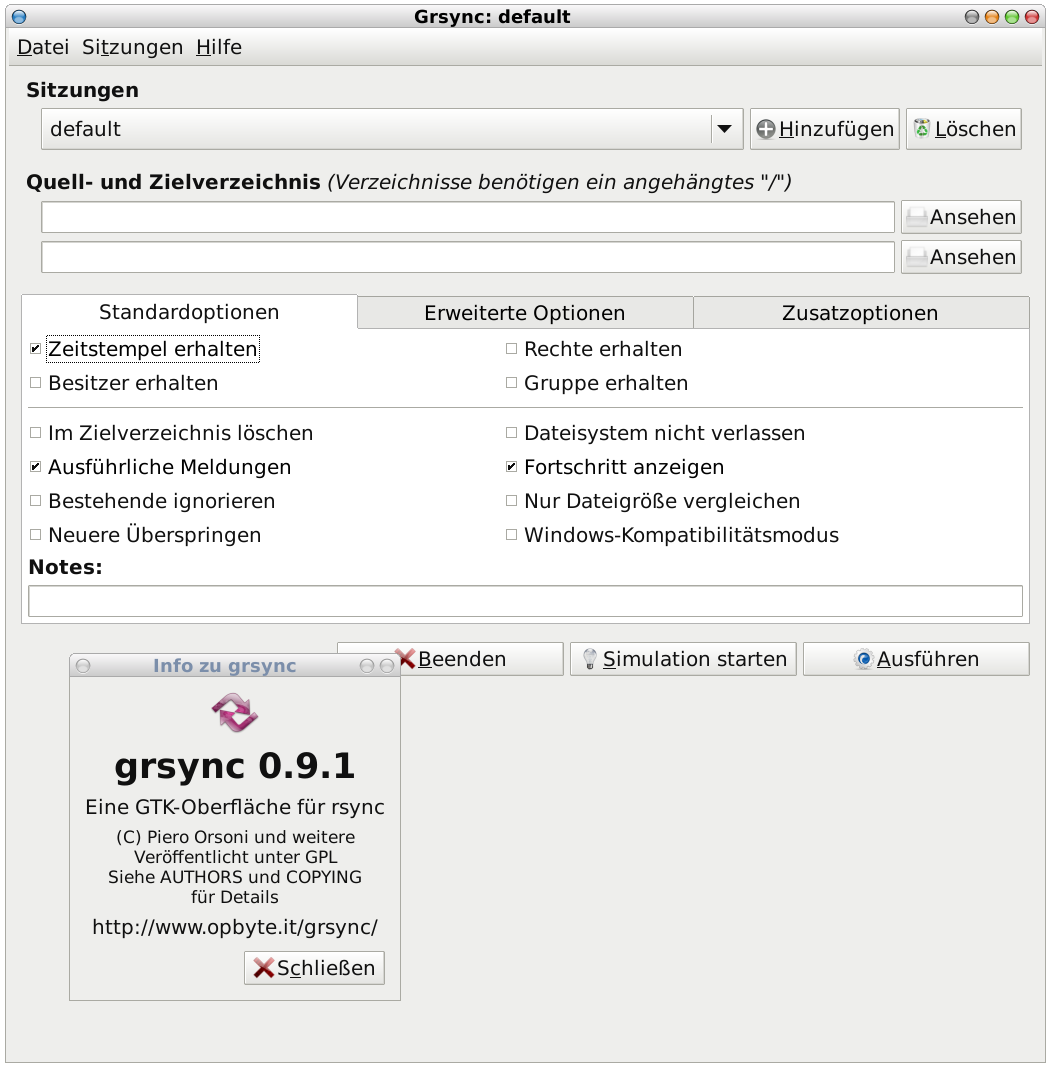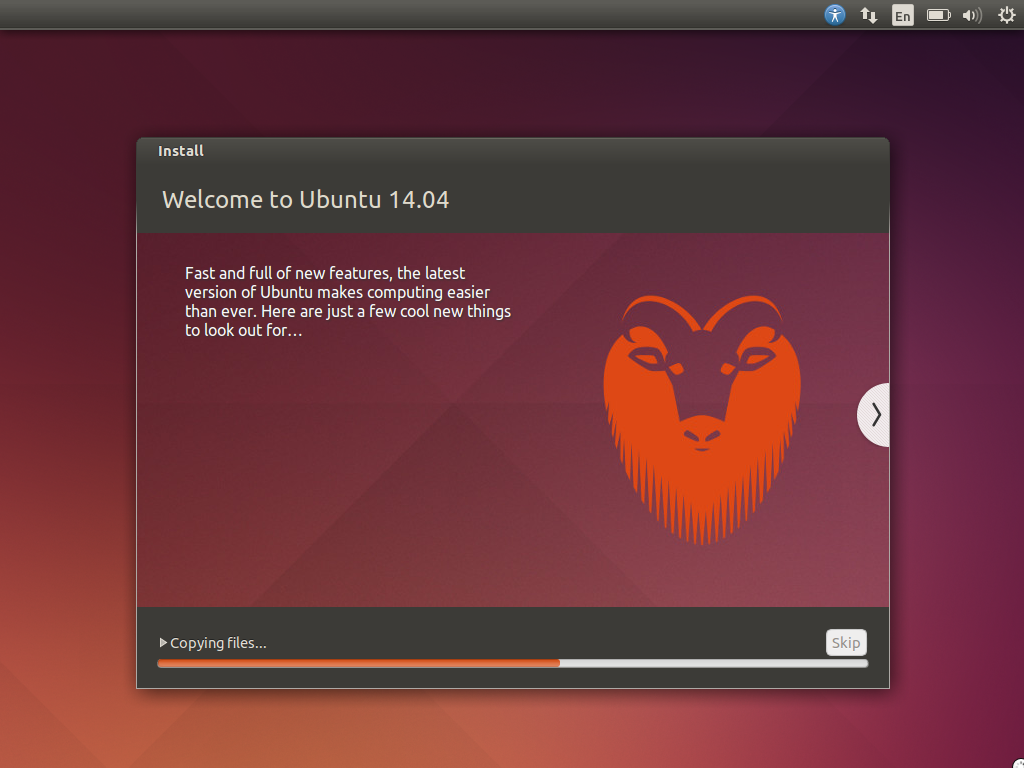

Note: If you want to remove its dependencies: sudo apt-get autoremove

To remove rsync, run the following command in the terminal: sudo apt-get remove rsync
#Install grsync ubuntu archive
-a : archive mode, preserving the attributes of the files and directories.Here’s the basic syntax for using rsync: rsync SOURCE DESTINATION Step 4: Extra tip on rsync usage examplesĪssume that we want to transfer the /home/user/example directory to /mnt/backup, todo that execute the following command in your terminal: rsync -avz /home/user/example /mnt/backup Using Rsync To use rsync, you must specify the source and destination of the files or directories you want to transfer.
#Install grsync ubuntu how to
Step 3: How to use rsync in ubuntu linux?
#Install grsync ubuntu install
sudo apt-get update Step 2: How to install rsync ubuntu terminalįor Installing rsync package, open a terminal and run the following command to install rsync on Ubuntu 22.04: sudo apt-get install rsync -y Here’s a step-by-step guide to installing rsync on ubuntu linux: Step 1: Update your ubuntu system:īefore directly installing the rsync package it’s recommended to fetch the remote package index and run the following command for the update.

However if a file is changed, the new version is backed up, keeping the old one on the previous snapshots, saving no space. It's easy to retrieve files from whatever snapshot, using a file browser. It saves space by creating hardlinks, so that the same file across snapshots isn't duplicated. I usually look for what the program does to the backups though, like what directory structure, what does it do with old deleted files, changed files, same files.įor instance, rsync can create directories with the date of the backup as its name, and it's structure is the same as what you're backing up (mirror). Grsync is in Ubuntu's Synaptic - make sure you installĪll this can of course be found by a bit of googling, but I thought When ready run a simulation backup and if all's OK run the actualīackup.

The 'Basic Options' tab is the important one. The other options are sort of self-explanatory, although I mustĪdmit never having bothered with the 'Extra Options' tab. exclude-from=".grsync/exclude" in order for the exclude fileĬreated earlier to be referenced by Grsync. In the 'Additional Options' field under the (Select 'Show Hidden Files' from the menu to see it), and type in the I made a folder named Grsync backups.įor directories that one wants to exclude from backup, you can You can backup to another hard drive, a partition or It's a front-end for the command line tool rsync and makesīacking up very easy and convenient for recent linux converts


 0 kommentar(er)
0 kommentar(er)
